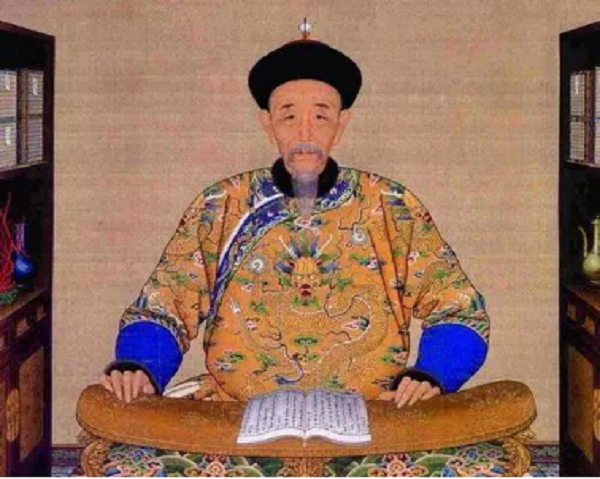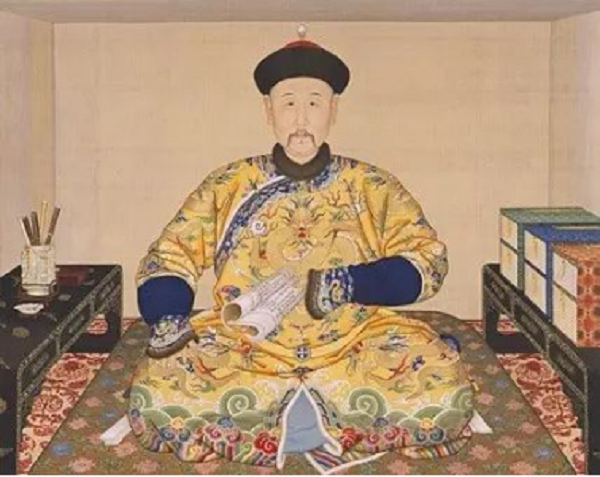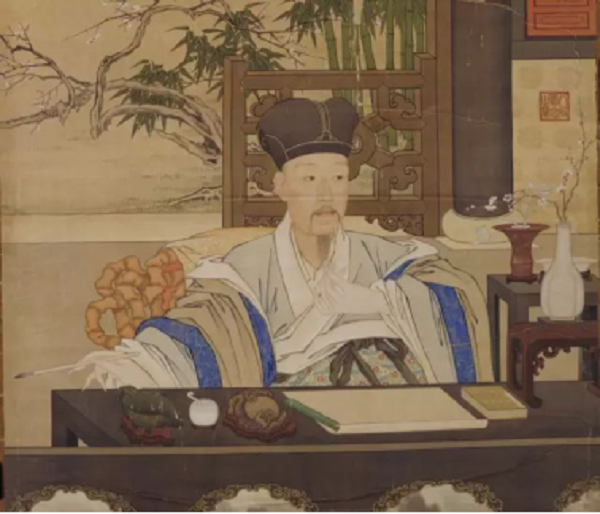
The emperors of the Qing Dynasty (1644-1911) attached great importance to the education of the princes. Therefore, most princes of the Qing Dynasty were proficient in history, politics, poetry, calligraphy and painting, and were also good at riding and shooting.

Emperor Kangxi
Emperors Shunzhi and Kangxi in educating their princes especially emphasized the study of the Han Chinese culture. Emperor Shunzhi (r. 1644-1661) died early and his sons were young, before the regulations on the education of the princes of the Qing Dynasty had been formed. By the reign of Emperor Kangxi (r. 1662-1722), the regulations and system of the princes' education had been gradually standardized. He selected tutors with good character and knowledge to teach the princes.

Emperor Yongzheng
Emperor Yongzheng (r. 1723-1735) set up the Shang Shu Fang, a place where princes of the Qing Dynasty studied in the northwest part of the Qianqing Gong (Palace of Heavenly Purity). Emperor Qianlong also attached great importance to the education of his princes. He proposed that they should go to the Qianqing Gong for serious study as a tradition and custom.

Emperor Qianlong
The princes of the Qing Dynasty studied many courses from an early age. Usually, the emperor chose the minister with the best knowledge and morality to teach them.
In the Qing Dynasty, the princes began to study at the age of 6. They spent 10 hours studying, from 5 am to 3 pm.
The rules of study were very strict. The princes had to always sit upright, and were not allowed to use a fan in summer. At lunch, the teacher had the meal first, and the princes ate at a different bench. After eating, they couldn't rest and had to continue their work.
During their years of study, the princes had only five days off: the Chinese Lunar New Year's Day, Dragon Boat Festival, Mid-Autumn Festival, Wanshou (the emperor's birthday) and Zishou (their own birthdays).
The princes studied Manchu, Mongolian, Chinese and other languages, as well as the Confucian classics.
Their daily morning courses were first of all on drawing a bow, Mongolian, and Qingwen (literary works of the Qing Dynasty) and translation. The rest was the Han school of classical philology. After lunch, the princes learned calligraphy and read ancient poetry, and then practiced archery after dinner.
In addition to routine courses, the content of the princes' education was also adjusted according to the situation. For example, Emperor Kangxi liked to take the princes on tours to broaden their knowledge, and also gave them internships in handling government affairs.
In the Qing Dynasty, the royal family's education system was much stricter than that of the ordinary people.
According to the historical records of the late Qing Dynasty, the sons and daughters of the princes had to go to school. According to the regulations of the Qing Dynasty, the princes could set up "family schools" to educate their children. If there was no money to set up family schools or hire teachers, the children could enter the Clan Academy, which was especially for the royal family.